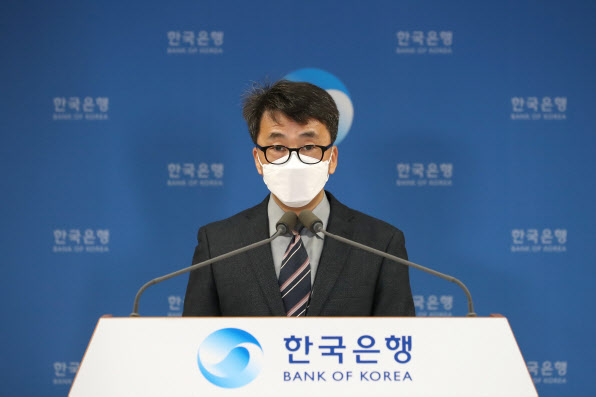According to the data of the Bank of Korea’s ‘4th quarter 2020 and annual national income (provisional)’ data on the 4th, the GNI per capita recorded 31,755 dollars, down 1.1% from a year ago (32,115 dollars). It has grown 5.8% in one year since it first surpassed $30,000 in 2017, but has been shrinking for the second year since it turned to -4.3% in 2019.
|
GNI $30,000 per person for the fourth year… Step back in every economic crisis
Korea’s nominal GNI and per capita GNI have decreased with each economic crisis. The year-on-year increase/decrease rate of Korea’s nominal GNI fell to 0.3% from 19.3% the previous year at the time of the second oil shock in 1980, and -33.1% at the time of the 1998 foreign exchange crisis, recording the largest decrease in history. Last year, when the Corona 19 hit was big, it recorded -1.0%. This means that as the total GDP declined, the income earned by the people naturally also decreased. Korea’s annual GDP recorded negative three times last year, hit by the second oil shock in 1980, the financial crisis in 1998, and Corona 19. Nominal GNI refers to the total income earned by Koreans both at home and abroad.
GNI per capita divided by the number of people by the nominal GNI also declined before and after the economic crisis. In 1997 (-7.6%), 1998 (-3.36%) during the financial crisis, 2008 (-11.2%), and 2009 (-10.4%) during the global financial crisis, national income declined for the second consecutive year. Even last year, hit by Corona 19, it declined to -1.1%. However, in terms of the amount of decline alone, the downtrend was smaller than in 2019 (-4.3%), which was largely influenced by the exchange rate. The average annual exchange rate in 2019 rose by 5.9%, but last year the rate of increase was only 1.2%. When the exchange rate rises, the value of the won increases, resulting in a relatively small decrease in income.
Shin Seung-cheol, head of the National Accounts of the Bank of Korea, said, “National income is affected by three factors: the real economic growth rate, which is the quantity factor, the GDP deflator, which is the price factor, and the exchange rate factor. However, real GDP grew negatively to -1.0%, and the exchange rate rose 1.2%, acting as a negative factor.” The’GDP Deflator’, called the composite price index, is an inflation index calculated by dividing nominal GDP by real GDP. If the GDP deflator shows positive, it can have a positive impact on the economy as the profitability of companies improves.
Corona 19 economic shock relief… Recovery of domestic demand is key
It is true that the amount of money available to the people decreases with each economic crisis, but it has prevented the Corona 19 shock relatively better than in the past economic crisis. This is thanks to its increased export competitiveness, mainly in the IT sector such as semiconductors and automobiles. In the fourth quarter of last year, compared to the previous quarter, the growth rate increased 0.1 percentage points from 1.1% to 1.2%. This is due to a 5.4% increase in exports, mainly for semiconductors and chemicals.
Compared to other countries, the report card is good. Last year, the global economic growth rate is expected to be around -4%, but in Korea it is around -1%. The outlook for this year’s growth rate is also positive.
In January and February, exports increased 11.4% and 9.5% year-on-year, respectively, showing strong performance, and positive growth is expected as the base effect of Corona 19 is added. The International Monetary Fund (IMF) also raised its forecast for Korea’s economic growth this year from 2.9% to 3.1%. However, domestic demand due to sluggish employment and worsening private consumption remained a problem to be solved. Last year, annual private consumption fell 4.9%, the lowest since 1998. As of the fourth quarter, consumption of services (food, lodging, transportation) and goods (food and beverages, etc.) contracted, resulting in a decrease of 1.5% overall.
The outlook for GNI per capita growth is not bright in the face of economic growth sustained by exports. In fact, the government is confident that Korea’s per capita GNI will surpass Italy, which is highly dependent on tourism, but it is likely to fall behind by a slight gap as it did two years ago.
Italy recorded a negative growth rate of -8.8% last year, and the per capita GNI decreased by 7% from the previous year in terms of euros. However, when calculating this by applying the average annual dollar-euro exchange rate ($1.14190) last year, Italy is $31,790, which is $35 more than Korea’s per capita GNI.

